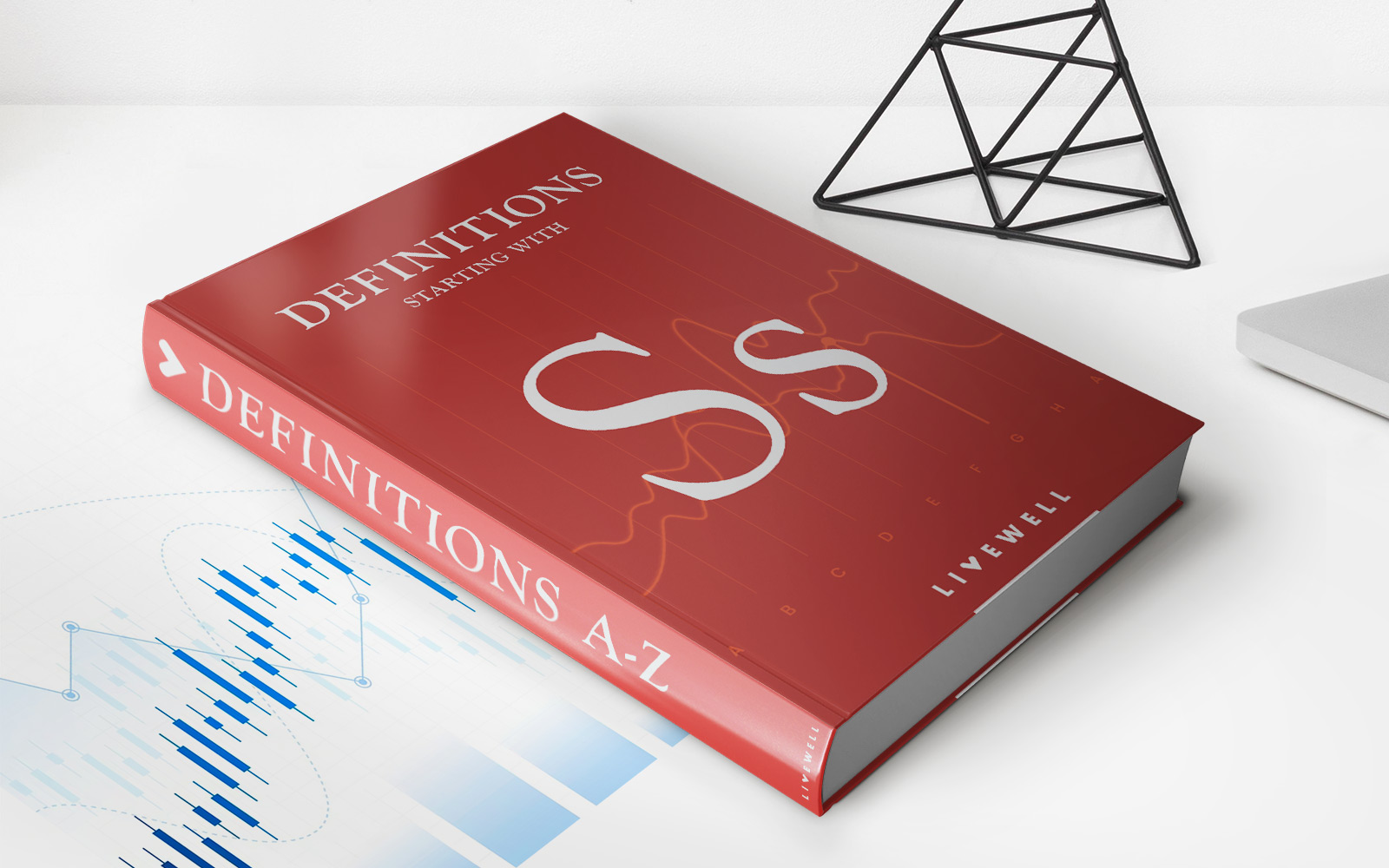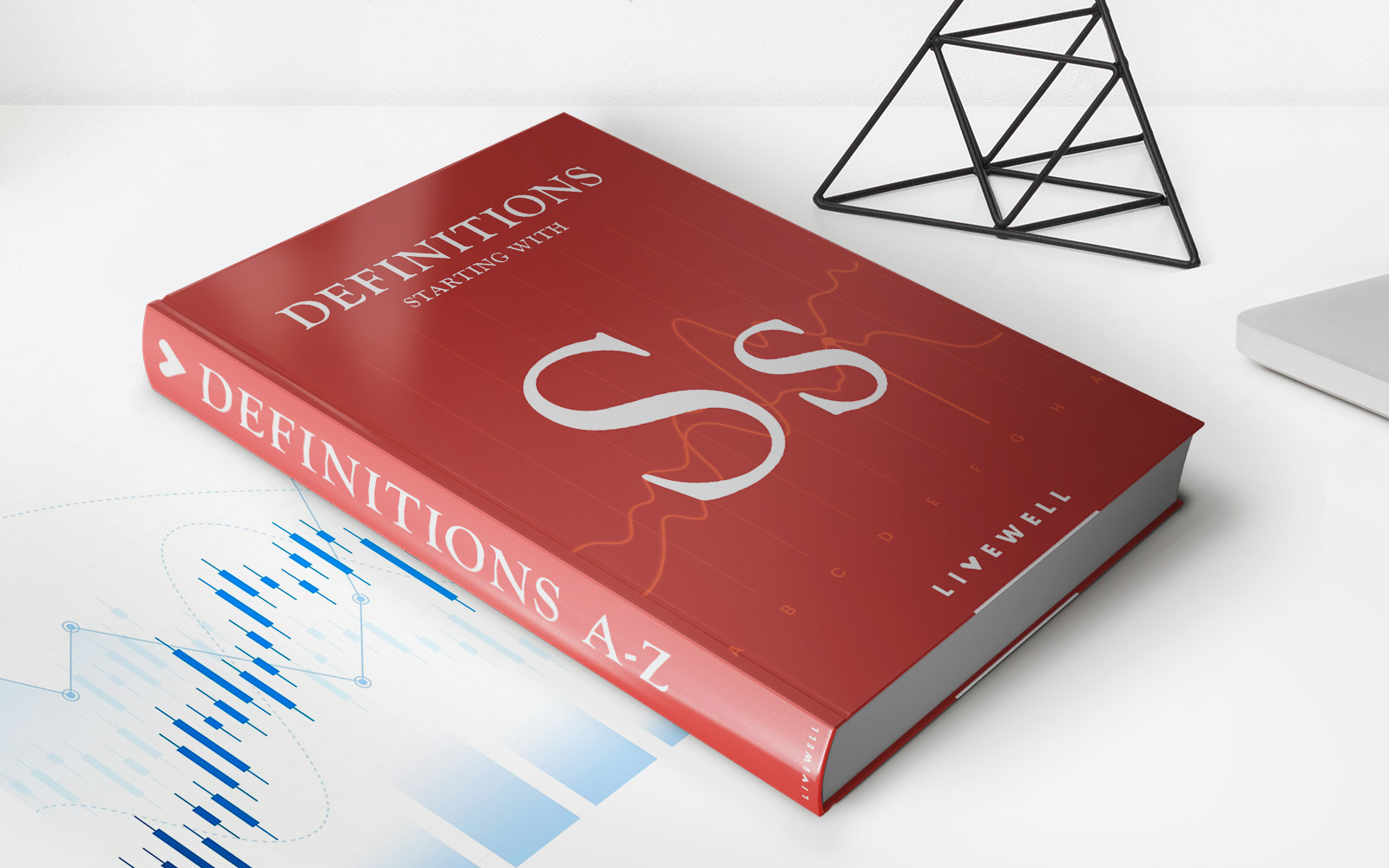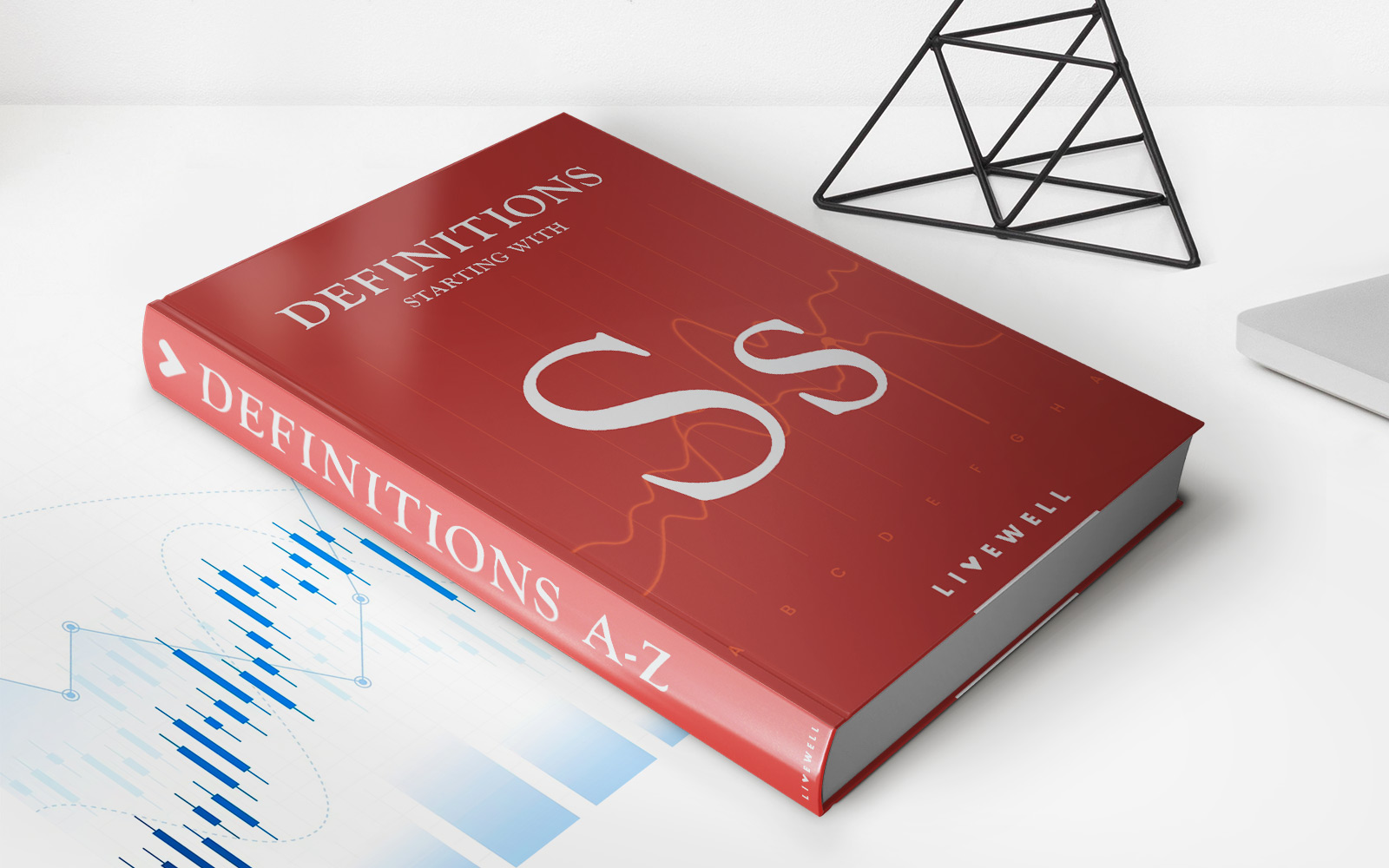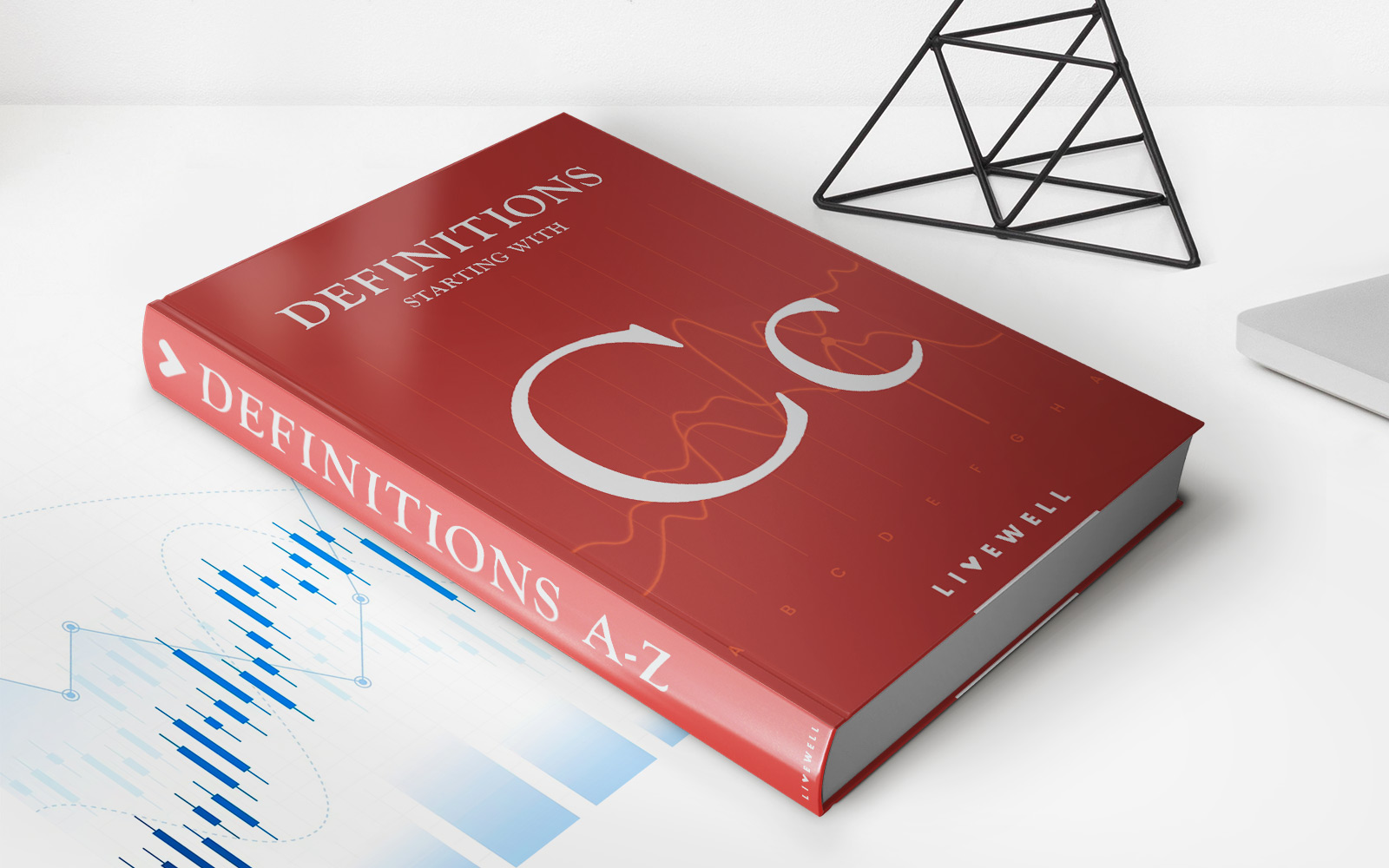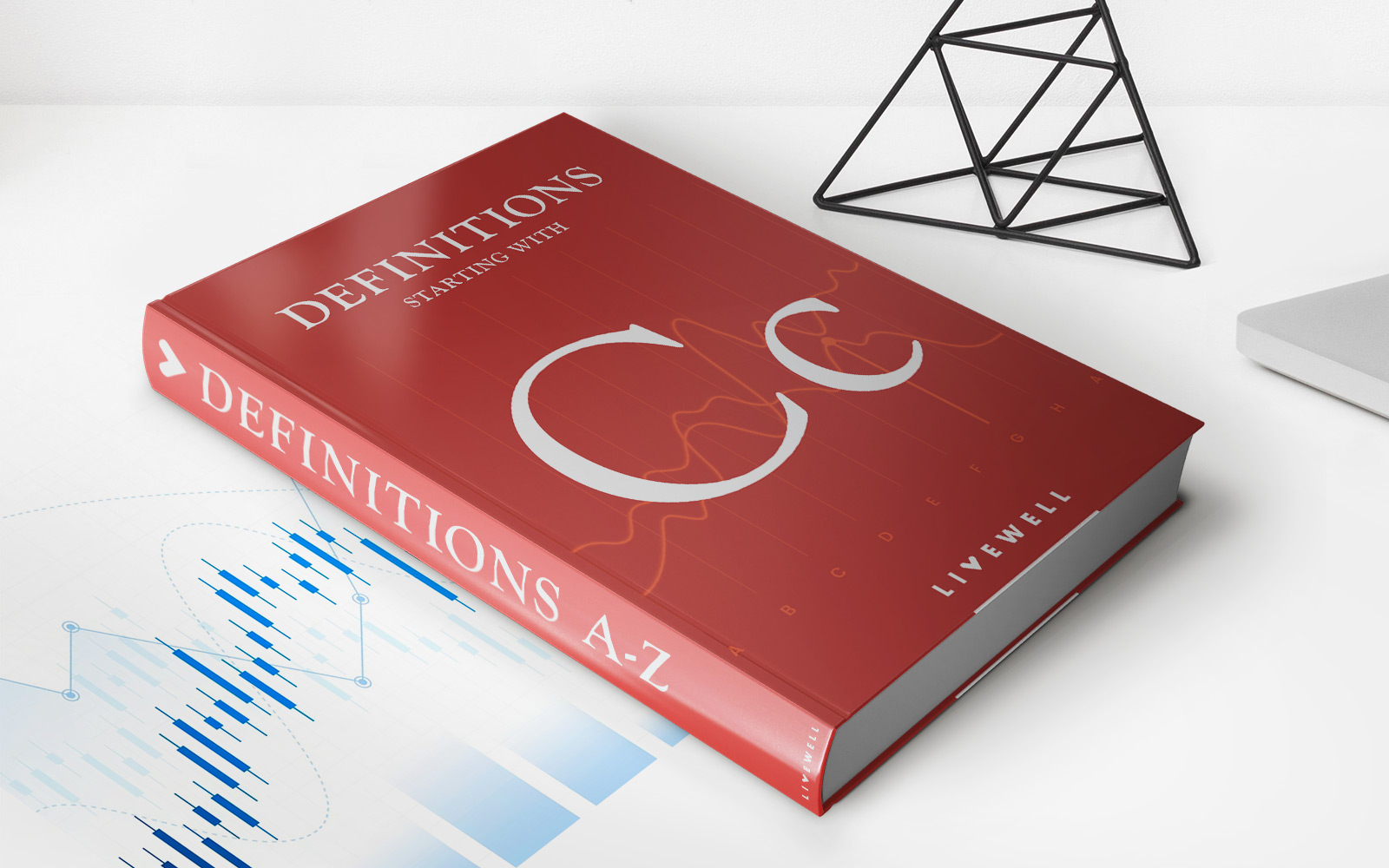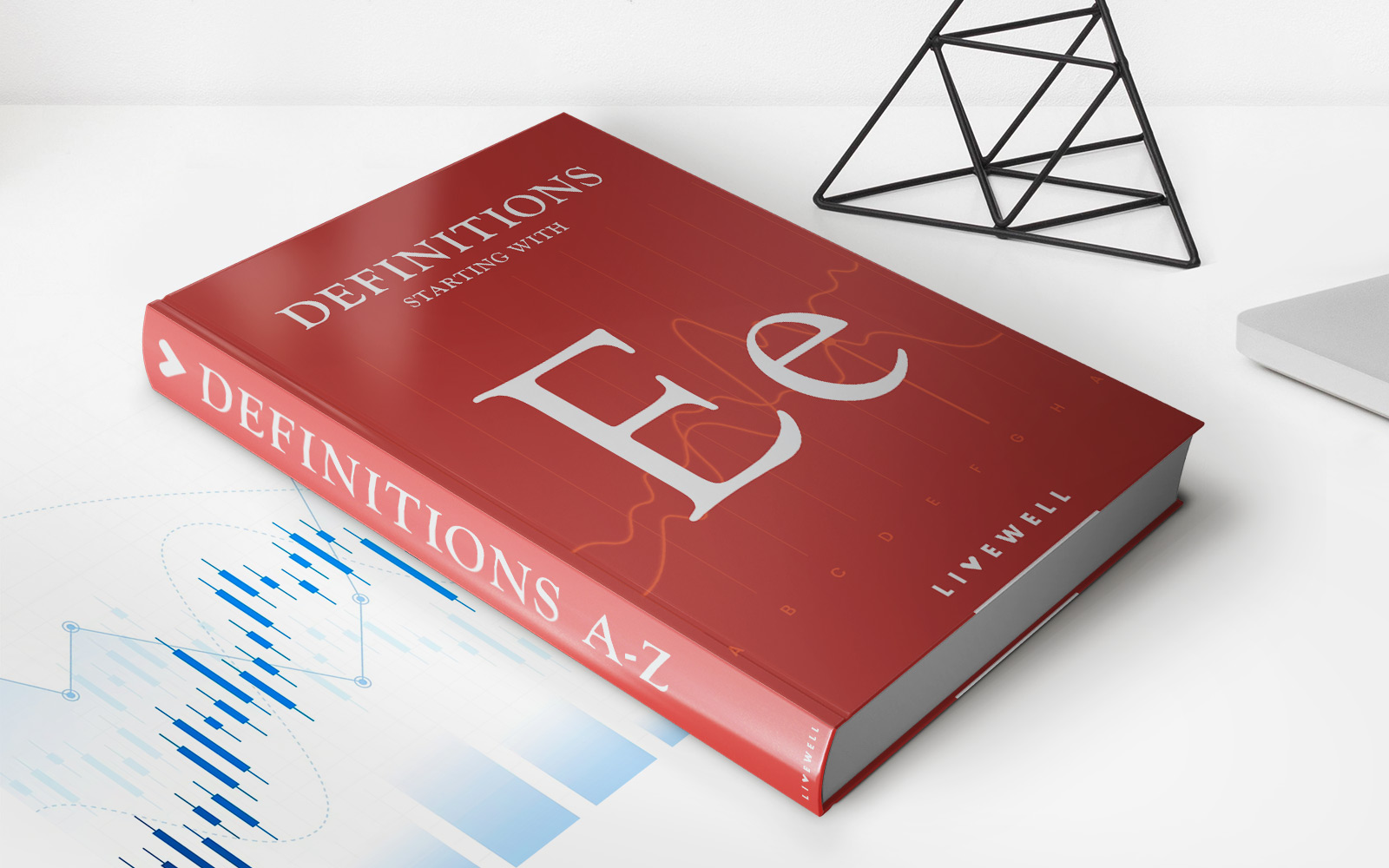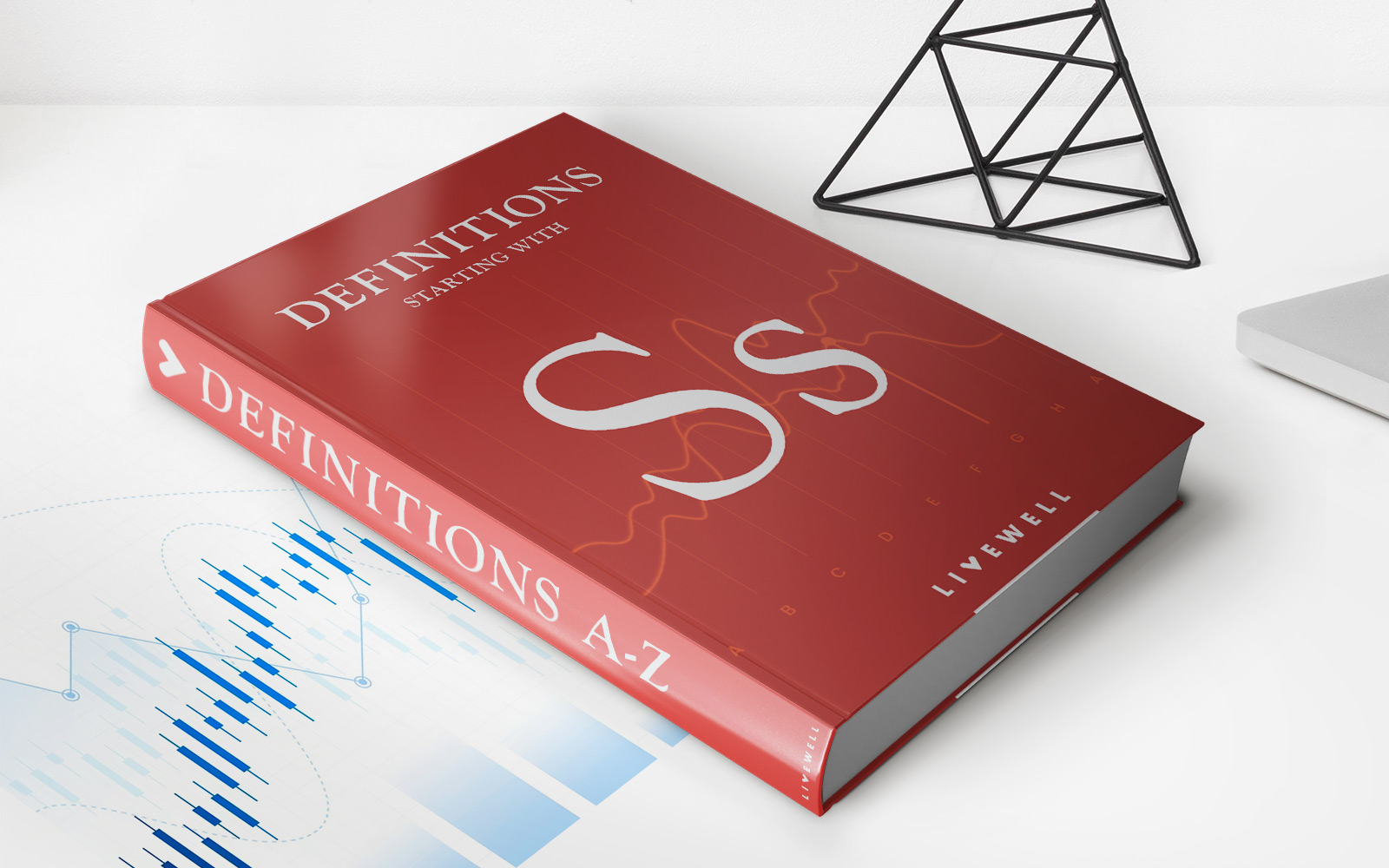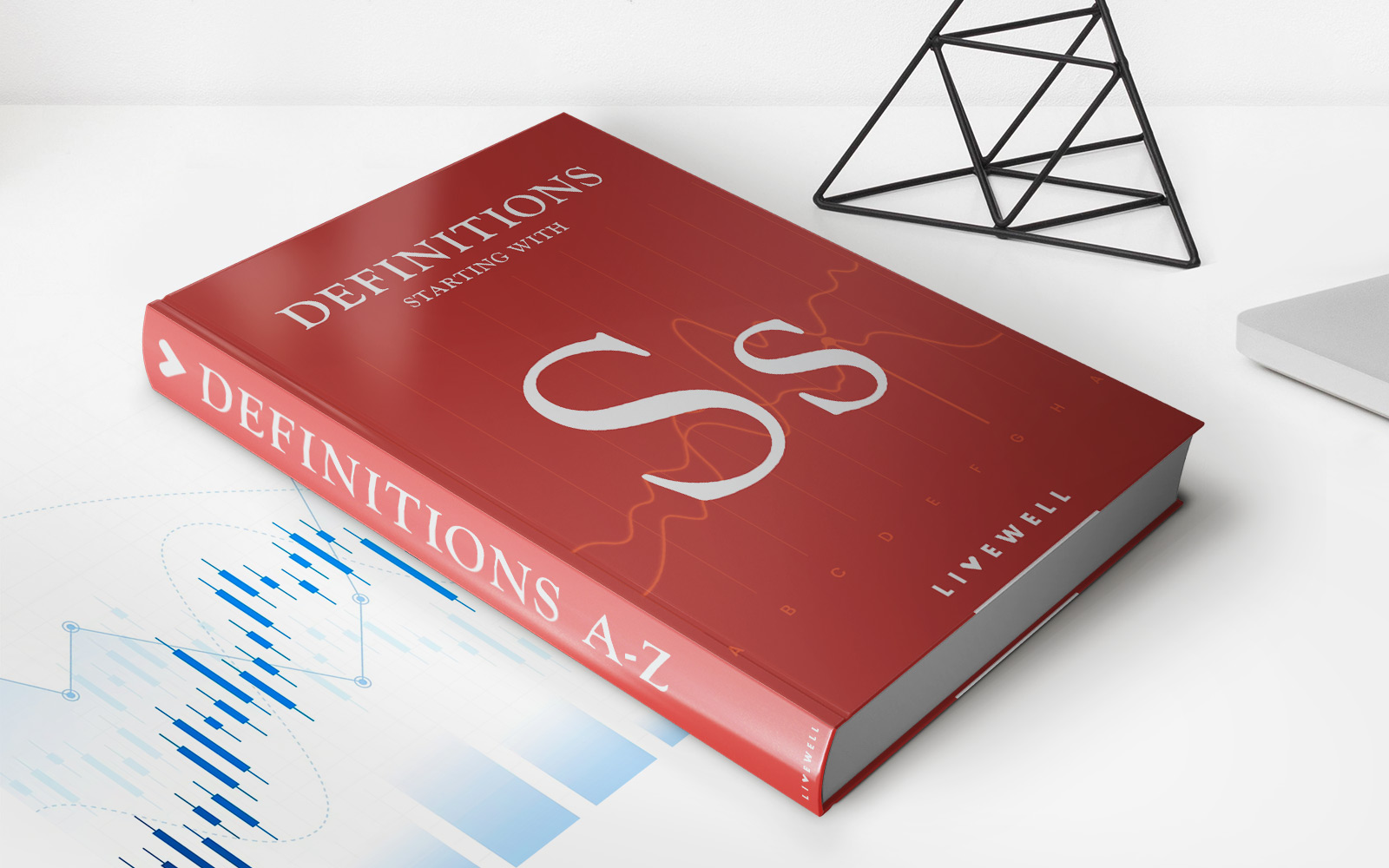

Finance
Spot Commodity Definition
Published: January 31, 2024
Learn about spot commodity definition and its role in finance. Understand how spot commodities impact the financial market and trading strategies. Explore the importance of spot commodity prices and trading dynamics in the world of finance.
(Many of the links in this article redirect to a specific reviewed product. Your purchase of these products through affiliate links helps to generate commission for LiveWell, at no extra cost. Learn more)
Spot Commodity Definition: Everything You Need to Know
When it comes to the world of finance, understanding different investment options is crucial for making informed decisions. One such option is spot commodities. But what exactly is a spot commodity? In this blog post, we will provide a comprehensive spot commodity definition that will arm you with the knowledge you need to navigate this sphere of finance with confidence.
Key Takeaways:
- A spot commodity refers to a physical commodity that is available for immediate delivery and settlement.
- Spot commodity trading involves buying or selling commodities at the current market price.
A spot commodity, also known as a cash commodity, is a physical product that is readily available for delivery and immediate settlement. Unlike futures contracts, which involve agreements to buy or sell commodities at a predetermined future date and price, spot commodity trading involves purchasing or selling commodities at the current market price.
Now that you have a clearer understanding of what a spot commodity is, let’s delve deeper into how spot commodity trading works. Here are some important points to note:
1. Immediate Delivery and Settlement
When participating in spot commodity trading, the delivery and settlement of the physical product occur almost immediately. This means that buyers and sellers agree on a price, and the commodity is delivered and paid for within a short timeframe.
2. Market Price Determination
The price of spot commodities is determined by the current supply and demand conditions in the market. This means that prices can fluctuate in real-time based on various factors such as geopolitical events, economic indicators, and weather conditions.
3. Physical Ownership and Possession
With spot commodity trading, investors have the opportunity to physically own and possess the commodity they are trading. This gives them more control over the asset and the ability to utilize or store it as they see fit.
4. Risk and Volatility
As with any investment, spot commodity trading carries a certain level of risk and volatility. The prices of commodities can be influenced by a wide range of factors, including global market conditions, political instability, and natural disasters. It’s important to carefully analyze these factors and manage your risk accordingly.
5. Accessibility and Liquidity
Spot commodity markets are generally highly liquid, meaning that there is a large volume of trading activity. This liquidity provides investors with the ability to buy and sell commodities quickly and easily, enhancing accessibility and facilitating efficient price discovery.
In conclusion, spot commodities refer to physical commodities that are available for immediate delivery and settlement at the current market price. Spot commodity trading offers investors the opportunity to take ownership of these commodities and trade them based on real-time market conditions. By understanding the nuances of spot commodity trading, you can make informed investment decisions and potentially benefit from this aspect of the finance world.


